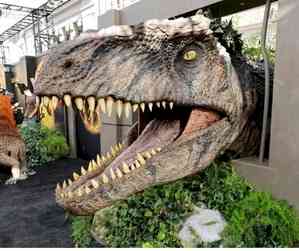The UK Stationery Market Future: Ken Research
Author(s): City Air NewsA mass noun which refers to the writing material, manufactured commercially which includes envelopes, cut paper, writing implements and other office or study supplies is called Stationery. Stationery on a broader...

A mass noun which refers to the writing material, manufactured commercially which includes envelopes, cut paper, writing implements and other office or study supplies is called Stationery. Stationery on a broader perspective can include material written on by hand or by any equipment. Although the stationery market is ever growing, but due to the rise in electronic media it is being superseded.
The report titled “The UK Stationery Market 2016-2021” examines the stationery market of UK for the duration of 2016-2021 covering all the categories on the basis of which stationery market can be divided including paper based stationery , writing instruments and office or study supplies.
On the criterion of manufacturer’s selling price, the UK stationery market showed growth by 2.6% year-by year in 2012. For the duration of 2012-2021, the market is estimated to show a growth from GBP2.06bn to GBP2.1bn. The value of the market is calculated to be of worth GBP2.06bn in the UK which grew 3.2% in the past 5 years.
The sub-categories which have shown best performance showing the most growth in previous years include the drawing and writing instruments and accessories.Impact of E-commerce market and internet has proven that nowadays 9.7% of the total stationery is purchased online.
The product offering has been recently repositioned by the manufacturers and sellers, with having more focus towards gift products and exclusive stationary segments. The manufacturing has been done with more focus put towards environmental concerns
The Stationery Sector report underlines the major growth drivers, issues and inhibitors of the market. Also, the report outlines the trends of the market in terms of the products people prefer to buy and with what thought process people choose their products and the shops. It as well includes retailer performance and market shares amongst the grocers, general merchandisers, specialists and discounters.

 cityairnews
cityairnews 















